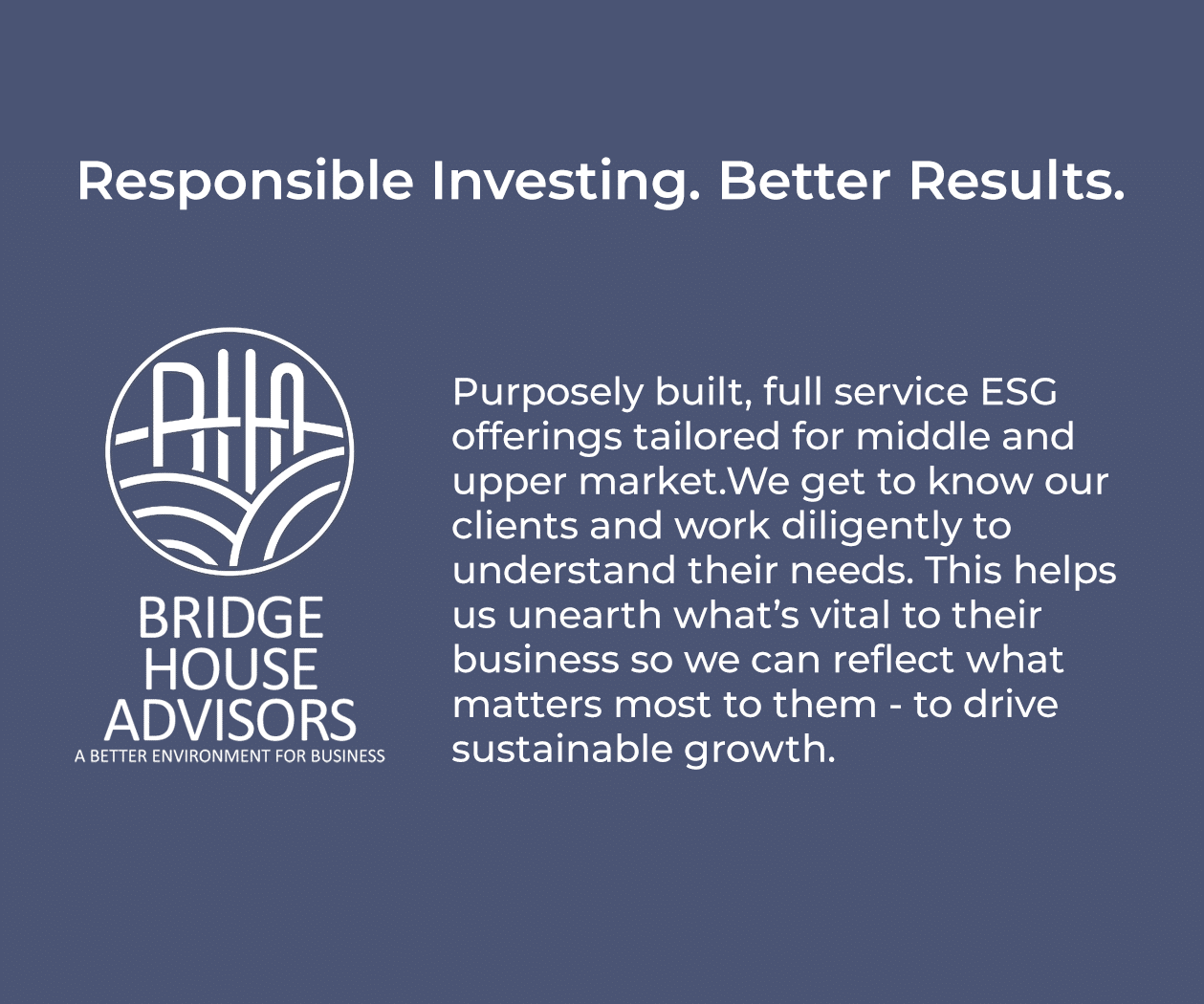
Emissions Reporting? My Footprint? Net-Zero by When? Climate Risk? → Our Carbon Rant
First – Some Context
Some familiar and unfamiliar words and phrases are swirling around news cycles, mandated in 3rd party ESG frameworks, demanded by strategic customers, and embedded in “consultant speak”. Greenhouse Gas (GHG) Emissions, Scope 1, 2, & 3 Emissions Reporting1, Net Carbon Neutral, Climate Impact & Risk. What does all this mean? Aside from a barrage of new terms, fundamentally it comes down to a handful of key questions:
- What is the impact my business has on climate?
- How can I reduce that impact?
- What is the risk that climate poses to my business?
- How can I mitigate that risk?
The transition to a lower carbon economy is imperative, signaled by numerous stakeholders, including many large, public market corporations making bombastic commitments by as early as 2030. The proof, as they say, is now in the pudding. See our recent blog post on Mother Nature paying a visit to Palo Alto. Add to the mix the fact that 2023 was the warmest year on record (1850-2023) with temperatures for the rolling 12 months through January above the 1.5C climate threshold. If you do not think there is a tangible impact from this other than melting ice, check your home and auto insurance premium increases headed into 2024.
Current Stakeholder Asks Are Varied and Often Not Strategic
Climate change is a problem that clearly needs to be solved, and through vast geographic reach and operational control, the Private Equity sector has a unique opportunity to deliver real, positive impact. However, the climate-related asks from key stakeholders within the broader private market ecosystem, while well-intentioned, are varied:
- The UN PRI includes climate risk assessment as a mandatory reporting topic.
- The EDCI asks for Scope 1 and Scope 2 GHG emissions.
- Institutional investors want to understand the GHG emissions of entire funds in which they are invested.
- Large, publicly traded corporations are asking middle market suppliers about their de-carbonization strategies.
- Some stakeholders are inquiring about Scope 3 emissions, while others are content for that component to remain optional.
What’s curious is that the notion of materiality, which is so prevalent in ESG and Sustainability circles, appears to be missing from the above. At Bridge House we believe this is a big miss. The simple fact is that GHG emissions and future risks associated with climate change differ by industry and individual businesses, and these topics just may not be relevant for every company. We note that the SASB Standards do not call out Climate Change or GHG Emissions as a material risk topic for every industry sector in their body of work. We don’t believe companies should be spending significant time and energy on topics that aren’t relevant for them. Consider this:
- Should a software company, 100% cloud-based, with 50 employees working in leased office space really be worried about its carbon footprint?
- Should a regional network of specialty healthcare providers, also in leased space, focus on its baseline carbon footprint or be more worried about a scenario where their lobby is filled with 3 feet of floodwater?
How Should One Proceed?
Be more holistic. Understand and apply materiality when it comes to climate change. Is my company a heavy emitter? Do my company’s physical locations present risks in terms of damage from climate-related impacts? Does my company face business risks as the world transitions to a lower carbon economy? Be pro-active. Get out in front of the litany of requests from a variety of sources and define a strategy that best matches your investment thesis and the assets that are already under management. Here are the steps we outline in getting to this point:
- Define Yourself – Does my investment strategy and portfolio of companies/assets classify my companies as material carbon emitters (there is a range)? Given my strategy and portfolio, how should I evaluate climate impact and risk? Hint: Portfolios with technology companies or professional services will have different answers than manufacturers or industrial companies.
- Understand the Ask and Counter with Business Fundamentals – It is important, as a GP, to be aware of what is being asked, what signatory expectations are being levied, and, at times, provide rationale to an LP about what makes sense and what doesn’t given your investment strategies. An approach that contributes to financial outcomes and delivers desired environmental impact should appeal to LPs, GPs, and Management Teams.
- Be Mindful of the Challenges – Setting scope and boundaries on GHG emissions accounting is critically important especially when it comes to Scope 3 emissions. Also, be consistent with data collection across the portfolio companies. If the GP has a specific industry or sector investment strategy, data collection consistency can be easier to implement compared to a more diversified portfolio. The key is keeping data collection and emission conversion processes as consistent as possible across the portfolio, but we know this isn’t always easy.
- This is Not Optional – Whether your portfolio is populated with low impact industries or traditional emission intensive sectors, the reality is at some point you will need to determine your approach and begin a sustainability journey. Standards will converge (GHG reporting appears here to stay); the large value chains are already leading the way, with policy and regulation not lagging far behind (EU mandates, US Inflation Reduction Act, and specific California and other state regulations). But for many companies, simply reporting Scope 1 and Scope 2 GHG emissions may be enough.
Converting Asks to Opportunities
Bridge House believes that any pillar of your ESG or Sustainability program (especially your Carbon & Climate Strategy) should be aligned with your overall business strategy. It should not be just another top-down blanket mandate or a check-the-box exercise. Further, decarbonization, efficiency, and cost reduction should go hand in hand. Directly reducing COGS (Cost-of-Goods-Sold) through better energy management/consumption, alternative material selection, or improved product design will produce direct bottom-line improvements. The first steps in executing your Carbon & Climate Strategy can almost always deliver both business and environmental benefits that all stakeholders can get behind.
What if the effects of global climate change get worse before they get better? In addition to understanding and carefully pursuing decarbonization, investors also need to understand and potentially mitigate risk associated with a changing climate.
Physical Climate Risk is a potential risk for any industry segment. Back-up power generators installed on ground floors in flood zones or mission critical resources not being able to get to their work location because of extreme weather events are not just hypothetical scenarios. Understanding physical climate risk is important, but it is even more important to put an adaptation or mitigation plan in place. This demonstrates business continuity preparedness and a more resilient operation in addition to enabling reporting of potential financial impacts to investors and other stakeholders.
Transitional Climate Risk is another lens through which to evaluate and adapt your organization. Qualitative transitional risk evaluates how impacted your company will be in a transition to a lower carbon economy. In considering climate risk, companies typically evaluate risks relating to regulatory and policy change, technology, reputation, and markets. For instance, in commercial real estate, a policy risk example is mandatory building emissions regulations (e.g., NYC requiring 40% reduction by 2030 for large buildings), while a market risk could be population migration away from high-risk weather event zones. By comparison, in the data center sector, a potential policy risk is energy use reductions mandated by the Energy Act of 2020 and a market risk would be carbon reduction requests from customers. This transitional risk analysis often creates a blueprint for a company to successfully navigate into a lower carbon economy protecting or even gaining market share along the way.
Our Firm/Fund Practice can help you proceed down the right path by establishing a practical and fit-for-purpose Carbon & Climate Strategy that is aligned with your investment thesis, LP expectations, and requirements from the 3rd party frameworks with which you might be affiliated. Our Corporate Services team can work directly with your portfolio companies to define the right approach, collect data and calculate GHG emissions, establish realistic improvement goals, assess climate risk, and implement sustainability programs to help you reach the final destination on your sustainability journey …and lose the rant along the way.
To learn more about building an integrated Carbon & Climate Strategy into your ESG and Sustainability Programs, reach out to one of our experts below.

Jeff Gibbons
Chief Growth Officer
jgibbons@bridgehouseadvisors.com
LinkedIn

Sarah Arnberger, P.E.
Environmental Business Advisor
sarah@bridgehouseadvisors.com
LinkedIn

William Pleasant
Sustainability Business Advisor
wpleasant@bridgehouseadvisors.com
LinkedIn
Learn more about Bridge House Advisors’ story and get in contact with us.
1 As defined by the GHG Protocol, Scope 1 emissions are direct emissions that occur from sources that are controlled or owned by an organization; Scope 2 emissions are indirect emissions associated with purchased energy; and Scope 3 emissions are indirect emissions resulting from activities along an organization’s value chain.

